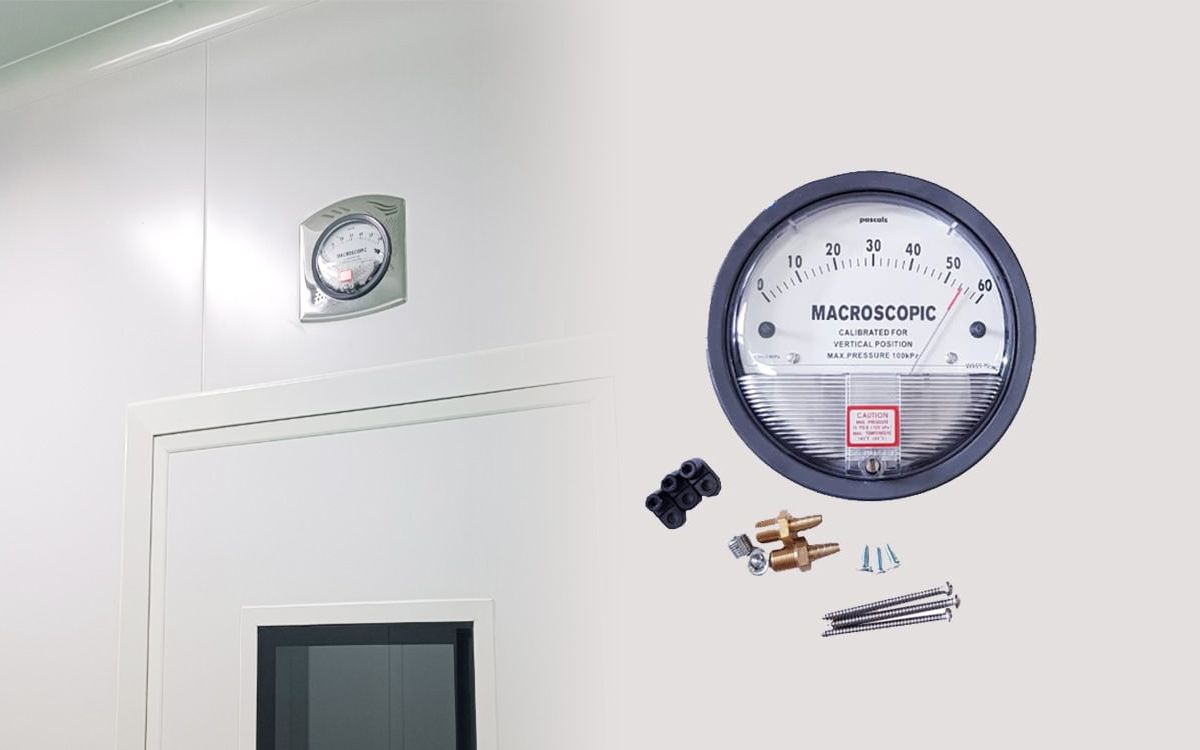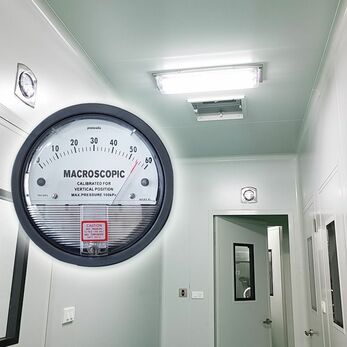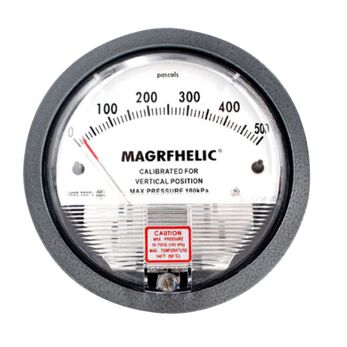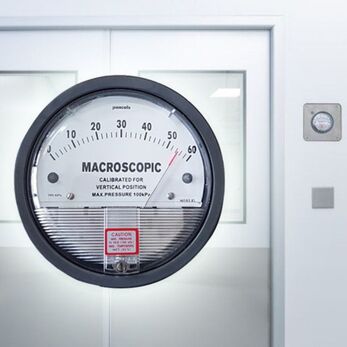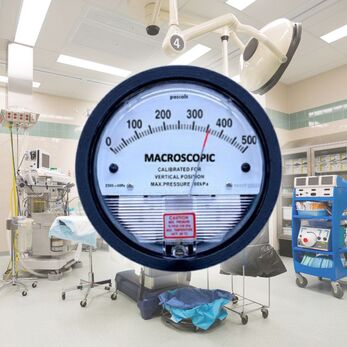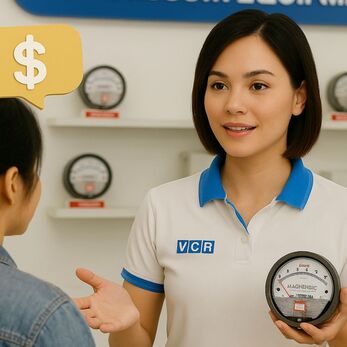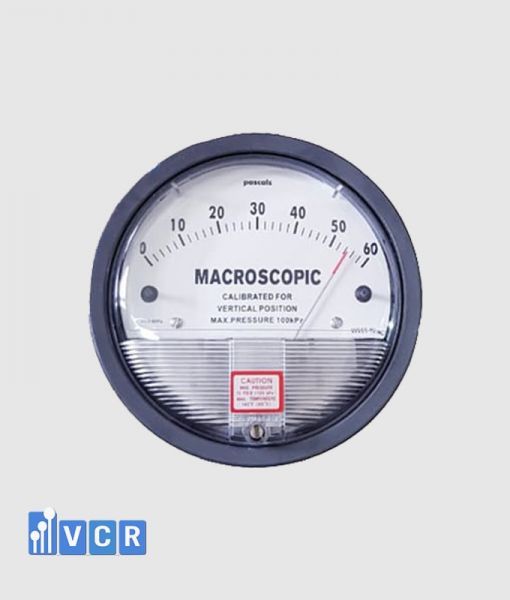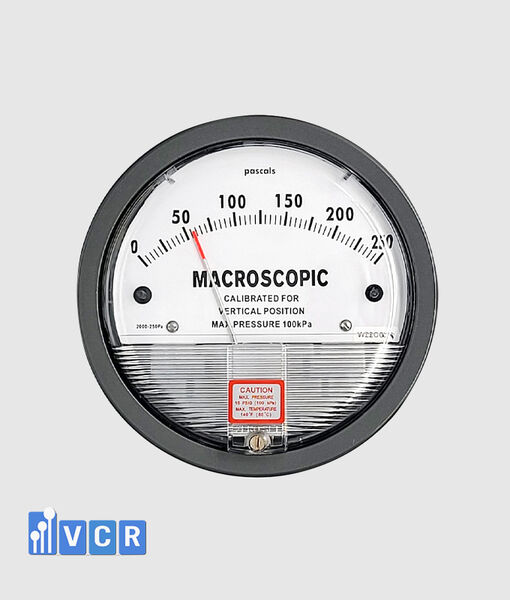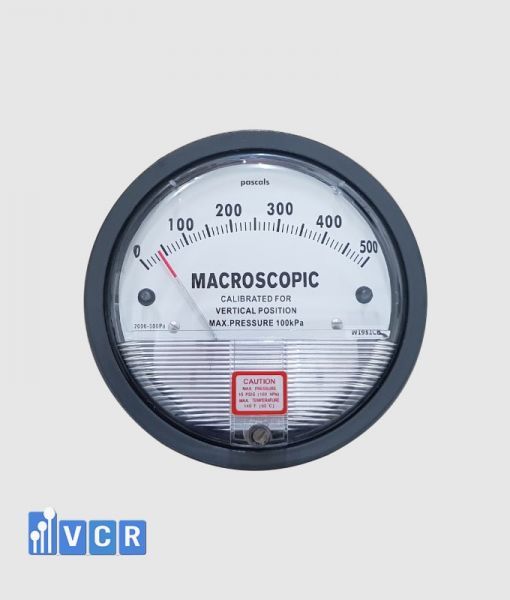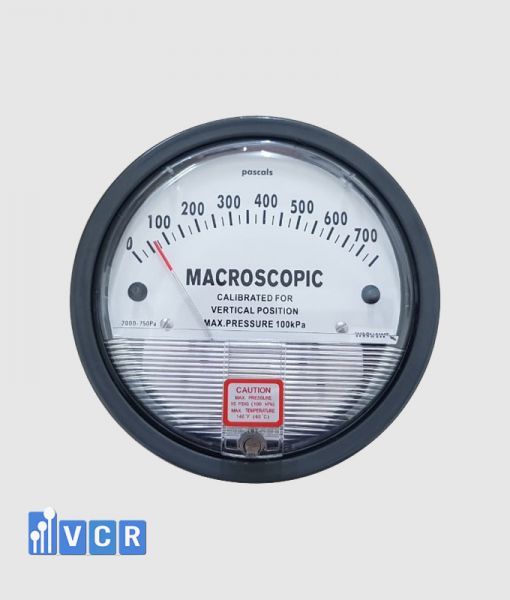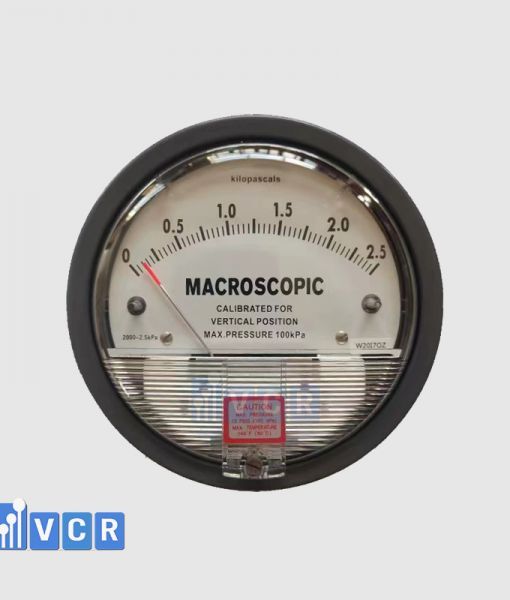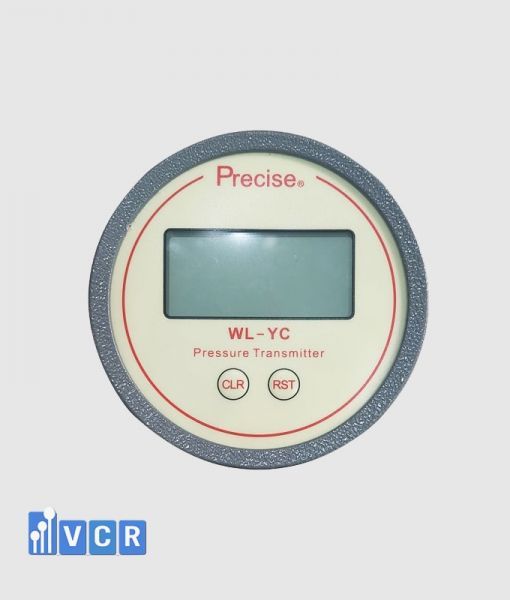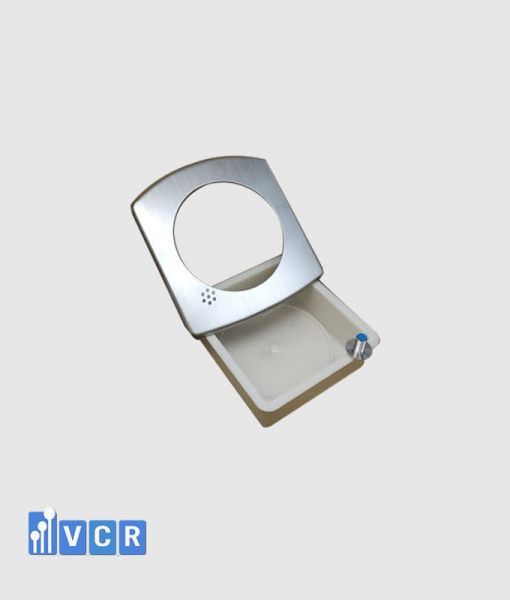Within the controlled environment of a cleanroom, maintaining a specific pressure differential is paramount. This crucial task falls to a specialized instrument known as a differential pressure gauge structure.
Differential Pressure Gauge Structure
A differential pressure gauge comprises several key components:
Sensing element: This is the heart of the gauge, often a diaphragm or capsule, that flexes in response to the pressure difference between two ports.
- Drive bar: Connected to the sensing element, this bar translates the pressure-induced movement into a rotary motion.
- Magnet: Mounted on the drive bar, this magnet interacts with the bezel magnets, causing the pointer to rotate.
- Pointer: Clearly visible on the gauge face, it indicates the measured pressure difference.
- High-pressure (HP) and Low-pressure (LP) connections: These ports allow the gauge to be connected to the respective pressure sources in the cleanroom.
- Bezel with magnets: This stationary ring houses permanent magnets that interact with the rotating magnet, ultimately controlling the pointer's movement.
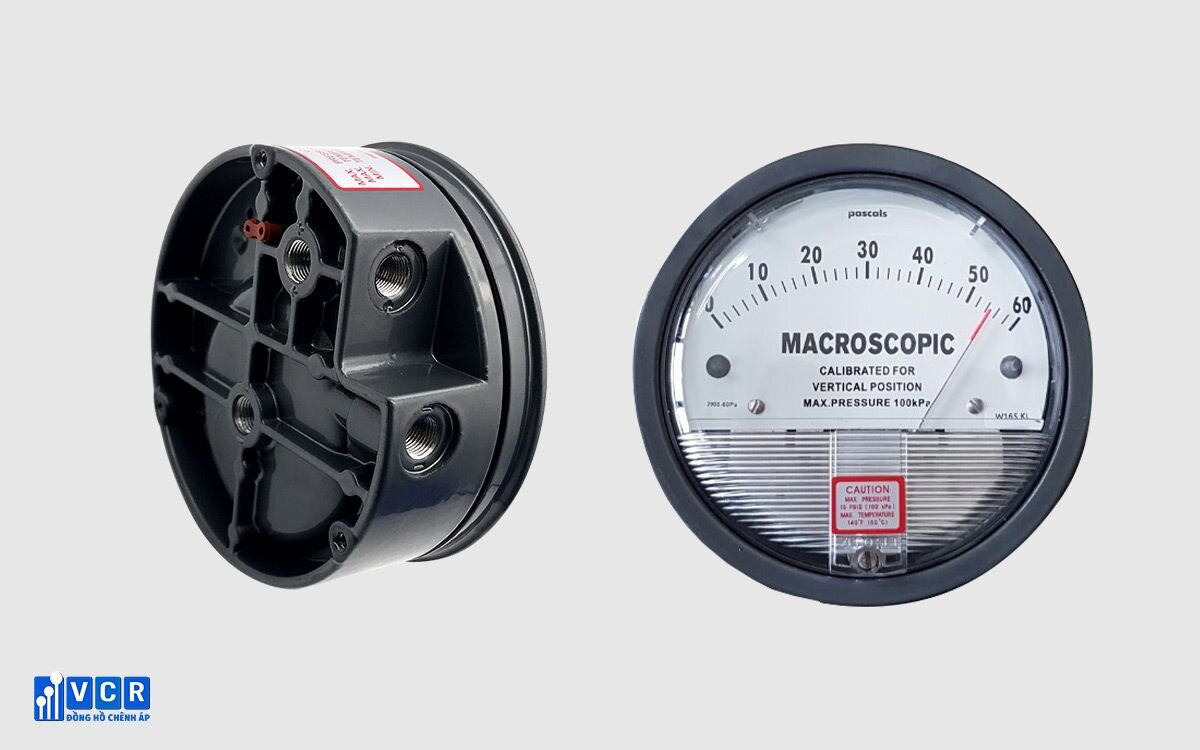
See more: Workings of Differential Pressure Gauges
The Dance of Pressure and Movement
When a higher pressure is applied to the HP port (compared to the LP port), the sensing element deflects, pushing the drive bar. This, in turn, causes the magnet to rotate within the bezel's magnetic field, driving the pointer clockwise on the gauge face.
Cleanroom Specificity
- Low Pressure Range: Cleanroom pressure differentials are typically very low, ranging from 10 to 15 Pa (Pascal). This necessitates a highly sensitive sensing element and precise gauge construction to ensure accurate readings.
- Vertical Mounting: For optimal accuracy, differential pressure gauges in cleanrooms must be mounted vertically. This ensures the pressure acts perpendicular to the sensing element, preventing errors due to gravitational influence.
- Zero Reset: Following installation, if the pointer doesn't rest at 0 Pa, a dedicated zero reset screw allows for fine-tuning to guarantee accurate measurements from the outset.

By understanding the structure and operation of differential pressure gauges, cleanroom professionals can empower themselves to select, install, and maintain these crucial instruments effectively, safeguarding the integrity of their controlled environments.




